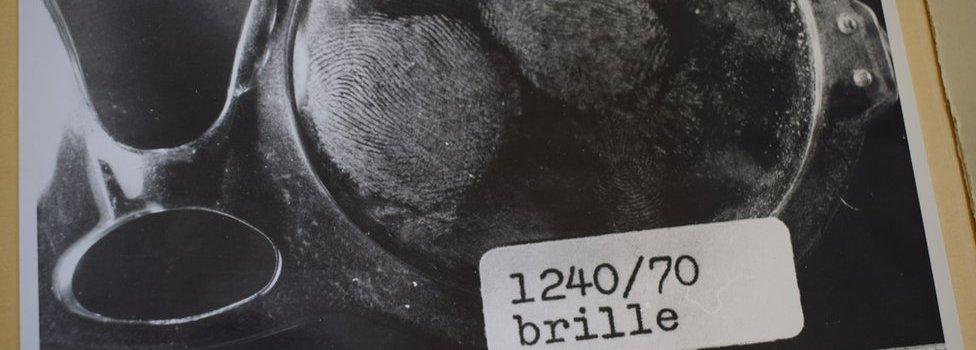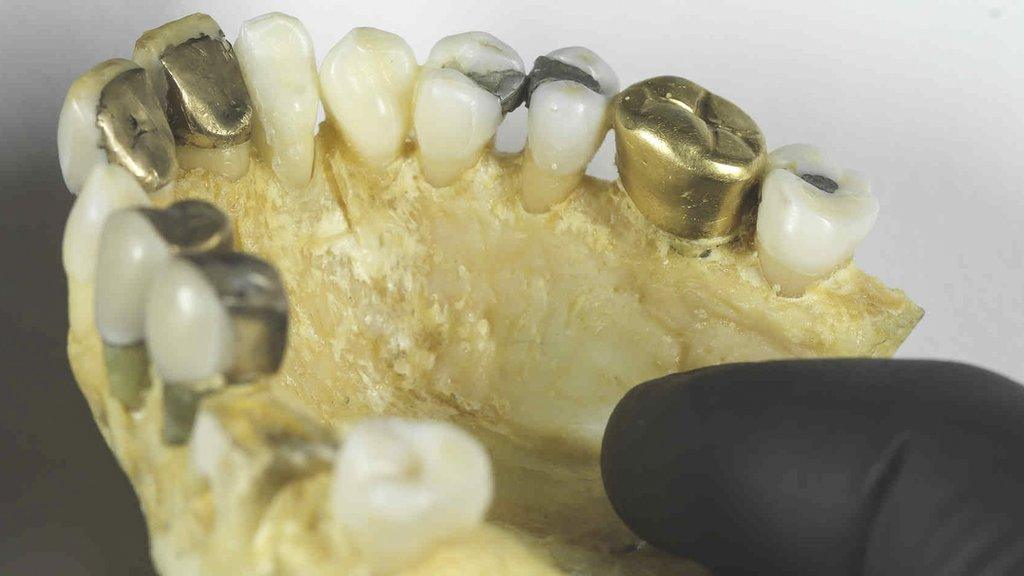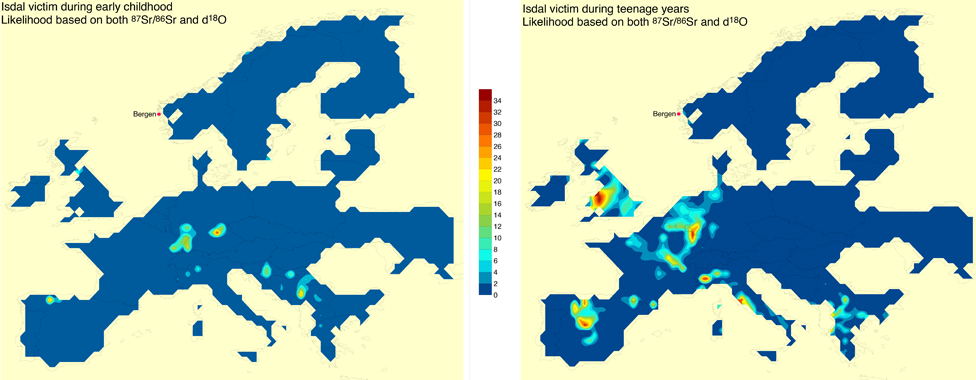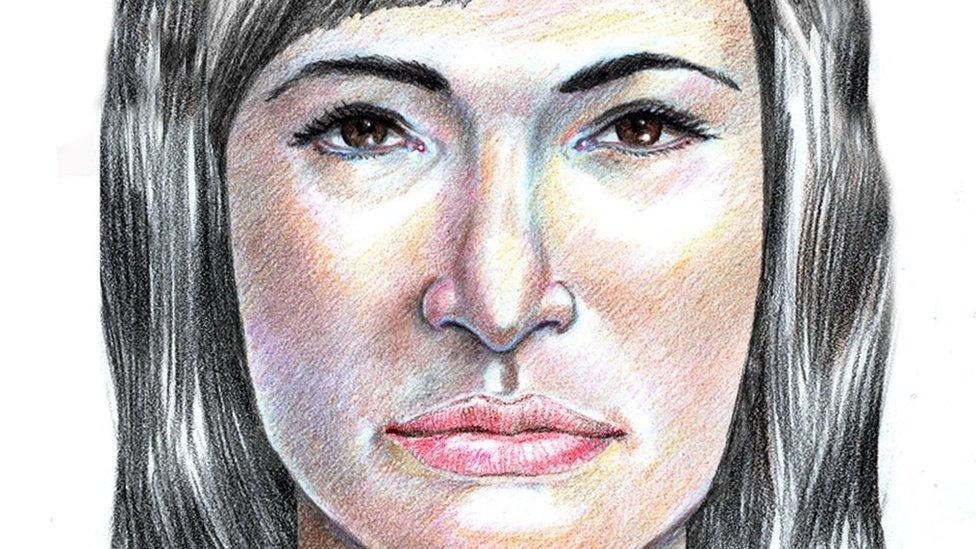'Major breakthrough' in Norway's 46-year-old Isdal woman mystery
- Published

Scientists believe they may have made a major breakthrough in efforts to solve a decades-long mystery of a burned body found in Norway 1970.
New forensic analysis on the teeth of the unidentified "Isdal woman" found chemical traces which may tell investigators where she grew up.
The results narrow the search to an area along the French-German border.
The case received fresh impetus after journalists from Norway's national broadcaster NRK began an inquiry.
The NRK team, which has been researching the case for over a year, hailed the new information as a "major breakthrough".
And a scientist at the Norwegian Criminal Investigation Service (Kripos) said the results were "much more specific than I could have dreamed of".
The unusual circumstances surrounding the case, and speculation over her mysterious past, have made it an enduring popular mystery for 46 years.

The Isdal mystery

Someone had cut the labels off her clothes, and scraped distinctive marks off her belongings - as if to stop her from being identified.
And as police started investigating her death, they uncovered a trail of coded messages, disguises, and fake identities - but never cracked the case.
Forty-six years later, Norwegian police and NRK journalists have decided to reopen the investigation.
This is the story of the Isdal Woman - and the perplexing trail of clues she left behind.
Read the full story: The mystery death haunting Norway for 46 years

NRK's investigation discovered the Isdal woman's jaw had been preserved in a forensic archive - opening up the chance that modern scientific methods could reveal more about her origins.
Investigators at Kripos and University of Bergen started an isotope analysis on her teeth - looking at the chemical "signature" left as her teeth were being formed.

The woman's distinctive dentistry - including unusual gold crowns - resulted in her jaw being kept in archives
It is the first time Norwegian police have used the technique - but the findings have been so specific they may now make it much easier to find people who knew the woman.
"It's actually quite a narrowed-down area that she most probably originated from," associate professor Jurian Hoogewerff at the University of Canberra in Australia - an expert in the technique - told NRK (in Norwegian), external.
Past analysis of her DNA and handwriting has already suggested the Isdal woman may have come from Europe - possibly France.
"When I superimpose the maps, we can exclude several areas. The red sections show the highest probability of her whereabouts during the time when her teeth where formed," he said.

"This is much more specific than I could have dreamed of. I'm impressed that it's possible to get results like these and actually make these probability maps," a chemist at Kripos, Knut-Endre Sjåstad, said.
The head of the forensic identification team, Per Angel, told NRK: "This is a good reason to go into these specific areas with more focus.
"We should approach our European colleagues with this new specific information."
Because the isotope analysis tracks compounds absorbed at specific stages of tooth development, the researchers now think the Isdal woman moved from eastern or central Europe further west between childhood and adolescence.
And while the age of the woman at the time her death was unknown, some of the indicators in the teeth suggest she may have moved just before or during World War II, NRK reports.
NRK's investigative reporters have been working on the mystery for over a year.
"I am starting to believe that we might actually find her real identity," team member Marit Higraff said.
"Now the area that we have to comb is much smaller than even we had hoped for. Maybe this 46-year-old mystery can come to an end."
Norwegian crime writers explain the appeal of the Isdal Woman case
- Published13 May 2017
